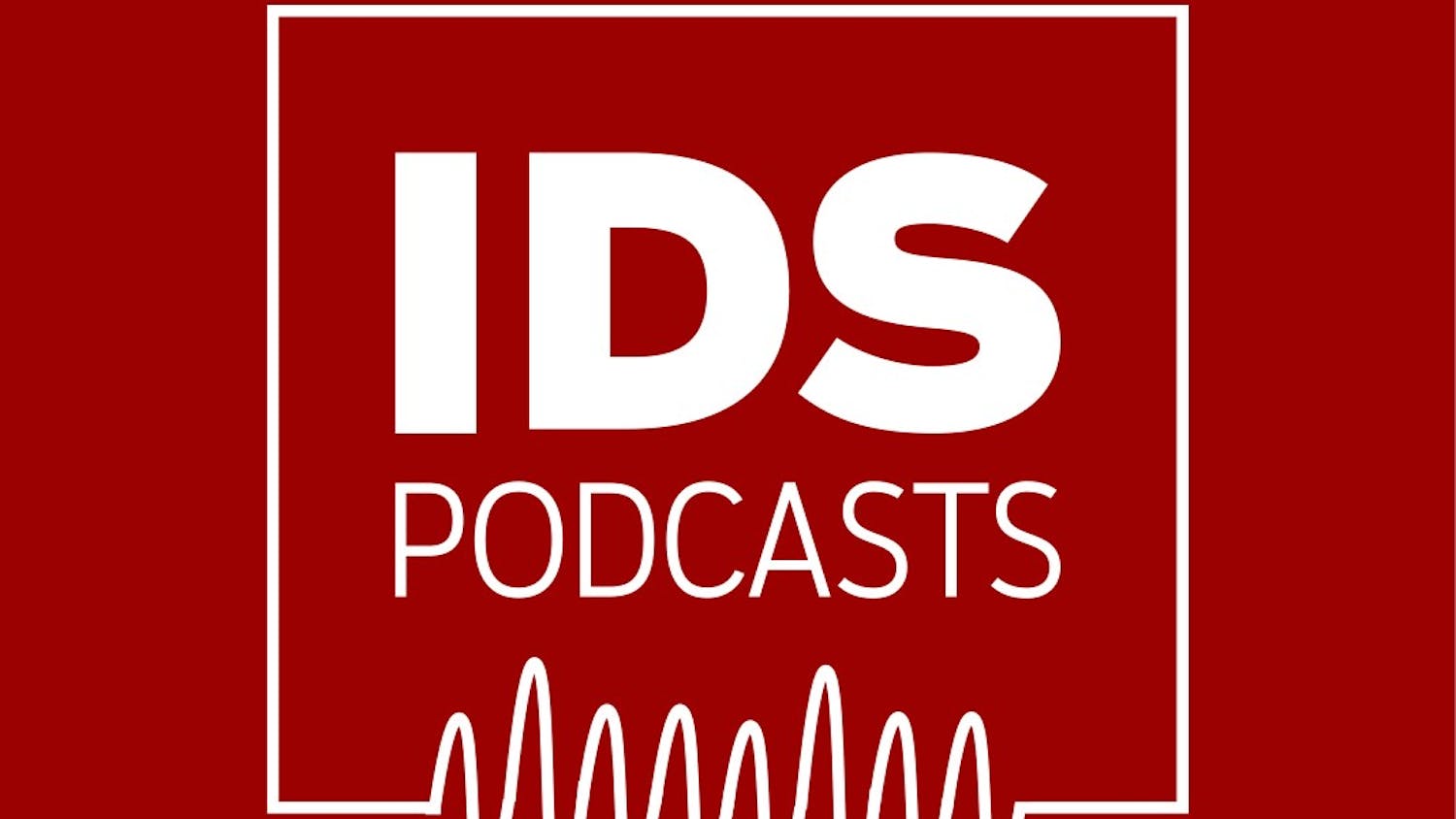Some medical device manufacturing companies risk losing substantial portions of their income and might have to shift operations overseas as a result of the medical device tax portion of the Affordable Care Act.
Cook Medical of Bloomington, which produces devices like stints and catheters, is one of them.
The Medical Device tax adds a 2.3-percent surcharge on devices such as pacemakers and surgical tools. The tax is expected to increase by $30 billion in the next 10 years.
The tax, which took effect in January, is expected to cost manufacturers approximately $194 million per month, risking 43,000 jobs, according to a press release from the Advanced Medical Technology Association.
The repeal of the tax has seen recent bipartisan support in the Senate. In late March, 79 United States senators passed a non-binding resolution in support of its repeal.
“The medical device tax in the president’s health care law jeopardizes Hoosier jobs, increases costs on costumers and impedes critical innovation,” Sen. Dan Coats, R-Ind., said in a press release.
Steve Ferguson, chairman of Cook Medical, said the medical device tax is a big expense, which is used to gain revenue for the federal government.
“I think they studied this, realized the impact and consequences of it,” he said.
Ferguson said it seems that senators and representatives who have large manufacturers in their districts are in support of the repeal.
“I think the impact is more on the employees and patients,” Ferguson said. “Companies can make adjustments and move overseas. The impact is on employment and industry. Taxes have consequences, and that’s where the consequences will fall.”
Medical devices, except those which are sold in retail, are subject to the tax, Ferguson said.
“All our devices are sold to hospitals and particular provides of health care, so they are all taxed,” he said.
Ferguson pointed to a situation of a non-profit orthopedic company in Warsaw, Ind., which builds pediatrics for kids who had to hold two projects as the result of the Medical Device Excise Tax.
That tax is paid by the company every two weeks in its estimated sales, he said.
“When you get paid by the hospitals, they make an adjustment,” Ferguson said.
“If you make the device in January, you might not get paid ’til March. Companies that don’t have tax goals are hard on that.”
Ferguson said the average profit is about 6 percent for a medical device company, while the average profit for drug companies is much higher.
He said Cook Medical has been actively campaigning for the repeal, because they want keep manufacturing in the U.S.
“If you have an expense like that, you have to go to Ireland where their tax rate is 12.5 percent,” Ferguson said. “Those countries are actively recruiting companies.”
Ferguson also said 2.3-percent increases of the medical device sales tax raises the federal tax rate for devices to 29 percent.
“For some companies, it’s going to delay devices in getting to places,” he said. “It’s going to result in employment changes. In our case, it’s expansions that won’t take place in the United States.”
Medical device tax cuts income of manufacturers
Get stories like this in your inbox
Subscribe



